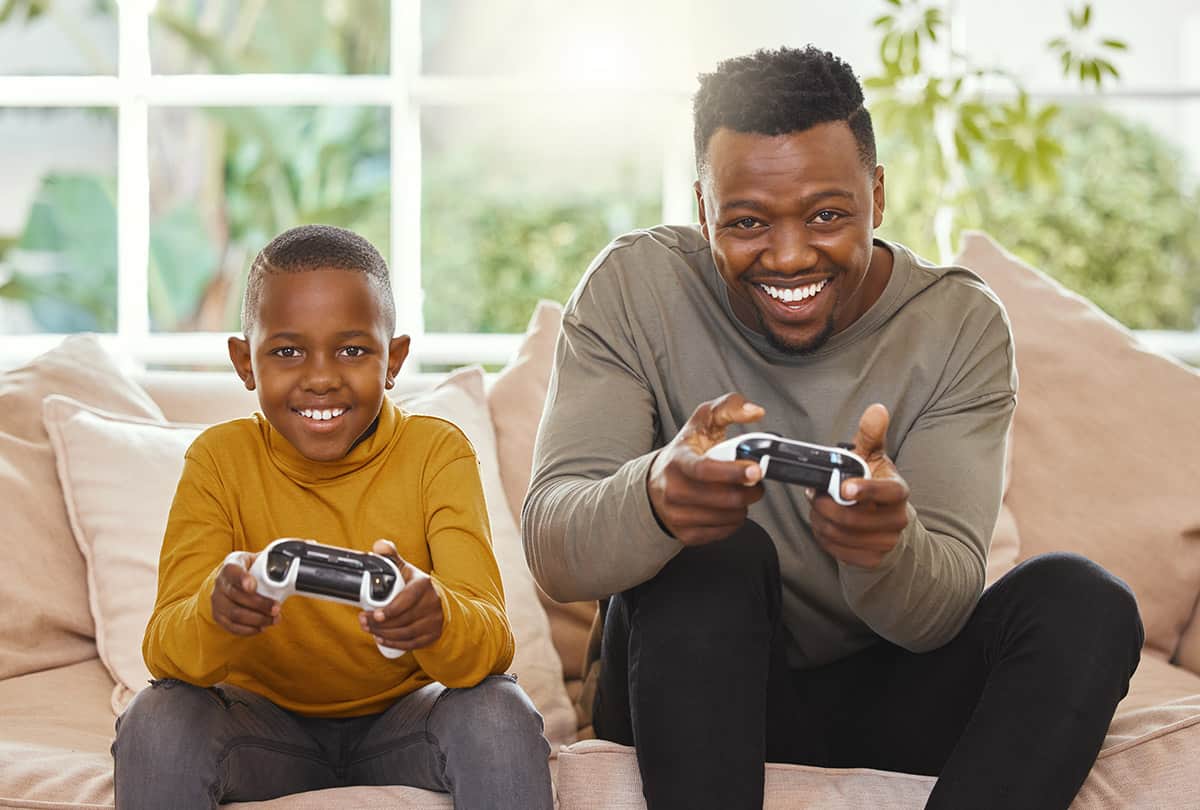These days, video games and social media are not just extracurricular activities; they’re important parts of being a kid. With the rise of social media sites and online game communities, it’s easy for teens to get caught up in these things, sometimes to the point of becoming addicted. But it’s important to have a healthier relationship with video games and social media so that they don’t get in the way of your mental health, schoolwork, or social interactions. This piece talks about how teens can use screens in a healthy way and stay safe while doing so.
The Impact of Excessive Gaming and Social Media Use
Gaming and social media offer numerous benefits, such as entertainment, social interaction, and relaxation. However, overuse can lead to various negative consequences, especially for teens. Research has shown that excessive gaming and time spent on social media can lead to issues such as anxiety, depression, sleep disturbances, and even physical health problems like eye strain and poor posture. Moreover, it can negatively impact a teen’s academic performance, as they may become distracted from their studies or fail to complete assignments on time.
It can be hard to use social media, but it’s a great way to stay in touch with friends. Teenagers may feel inadequate or anxious when they are under a lot of pressure to keep up a well-curated online profile. Also, seeing perfect pictures and lives all the time on social media can make people compare themselves in unhealthy ways, which can make mental health problems worse.
The Importance of Setting Boundaries
One of the first steps in creating a healthier relationship with gaming and social media is setting boundaries. Teens should establish clear limits on how much time they spend on digital devices each day. This can be achieved by designating certain hours for screen time and sticking to those schedules. Not only does setting limits lower the risk of addiction, but it also gets teens to do other things, like work out, play sports, or spend time with family and friends.
It is essential for teens to be mindful of the content they consume. Instead of aimlessly scrolling through social media or playing games for hours, teens can be encouraged to seek out content that is educational or promotes positive mental health. Many online platforms, including games, offer educational tools and resources that can be both fun and beneficial to personal development.
The Role of Parental Guidance
Parents and guardians are very important for helping teens find a good mix between screen time and other things they need to do. Open communication about the risks of excessive gaming and social media use is key. By discussing the potential consequences of addiction, parents can help their teens recognize the importance of moderation. Setting a good example is equally important—when parents model healthy screen time habits, teens are more likely to adopt similar behaviors.
Another good idea is to get people to do things other than looking at computers. Whether it’s sports, reading, or pursuing creative interests, providing options that compete with the allure of digital entertainment can help teens find more balanced ways to spend their free time.
Interactive Tools for Building Healthy Habits
In the digital age, there are various tools available to help teens manage their screen time and build healthier digital habits. A lot of apps and devices now have tools that let users keep track of how much time they spend on each one and limit how long they can use certain apps. These tools can provide teens with a visual representation of their screen time, helping them become more aware of their usage patterns.
For example, teens can use apps that remind them when it’s time to take breaks from gaming or social media. Apps encourage users to stay off their phones by growing a virtual tree every time they resist the urge to check social media or play games. These small steps can be instrumental in developing a healthier balance.
Additionally, resources like Sapient America provide teens with tools and information that can help them navigate the digital world more responsibly. By leveraging these resources, teens can learn how to manage their time online effectively, ensuring that their digital life doesn’t interfere with their well-being.
Final Thoughts
In conclusion, while gaming and social media can offer great entertainment and social benefits, moderation is key. By setting boundaries, fostering open communication with parents, and using interactive tools, teens can create a healthier relationship with technology. It’s all about balance—ensuring that digital activities complement rather than take over other important aspects of life. With these steps, teens can enjoy the benefits of the digital world without falling into the trap of addiction.
